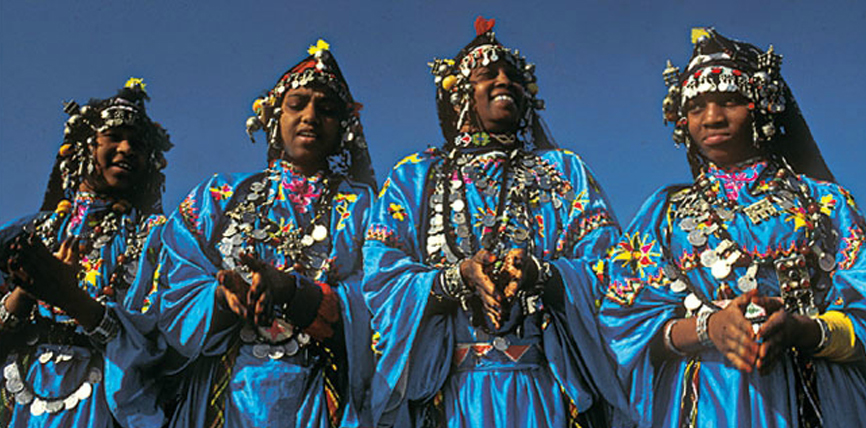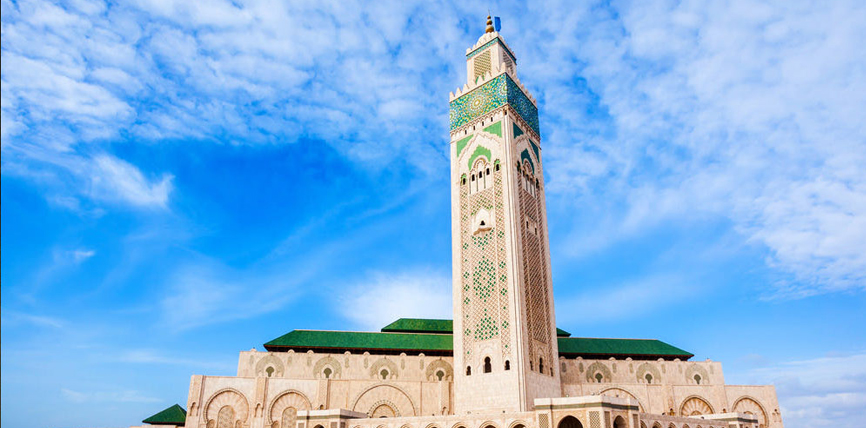Morocco, a country where tolerance, coexistence, cultural and religious acceptance are solidly rooted.
Language

Morocco’s official language is Classical Arabic, which is used in governmental administrations and institutions, education and media;however, people mostly communicate in dialectal Arabic as well as Tamazight (Berber), spoken in the Rif, Atlas and Souss, which varies by region.
As to foreign languages, the French language is widely used by Moroccans, while Spanish and English are least used, but still spoken by many.
Religion

Islam is constitutionally established as the official religion of Morocco; however, the country has been known for centuries as a land of coexistence between different religions, as the constitution grants the right to other believers to freely practice their faith.
The day is marked by the 5 calls to prayers. During Ramadan, Muslims refrain from eating, drinking or smoking from sun rise until sun set.
Cuisine

The Moroccan cuisine is one of the most diversified cuisines in the world. It is known for its fusion of spices and colors. It stems from the interaction of a plurality of cultures (Berber, Arab, Jewish, Andalusian).
Most commonly, meals start with serving fresh or cooked salads, or cold pureed vegetables. The main courses are often characterized with unique salty-sweet blends, with cinnamon, saffron, ginger or cilantro seasoned meat or fish. The Moroccan pastries fragranced with the aroma of orange blossom and honey are generally served with mint tea.
You will have the opportunity to taste the tajine, a dish cooked in an earthenware pot; couscous, the emblematic dish cooked every Friday by Moroccans; the pastilla, a pie made of crisp phyllo dough stuffed with either chicken or sea food; msemen, a thick pancake generally eaten in breakfast; and finally, harira, the famous rich soup that can be eaten at any time of the day.




